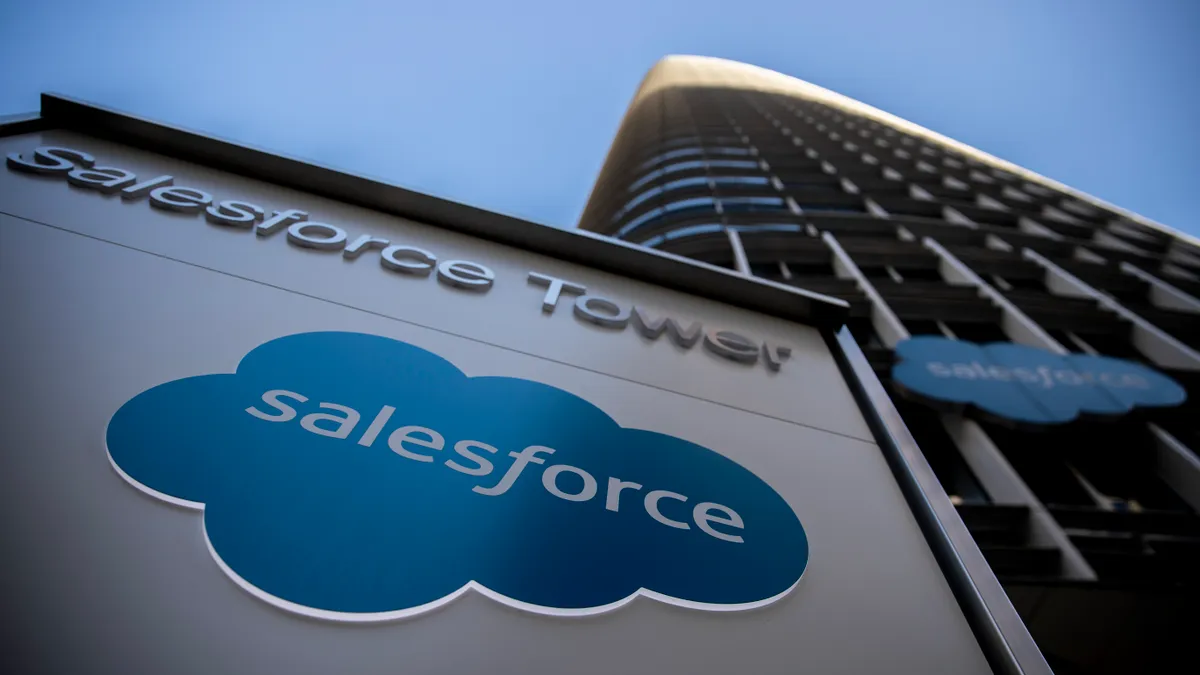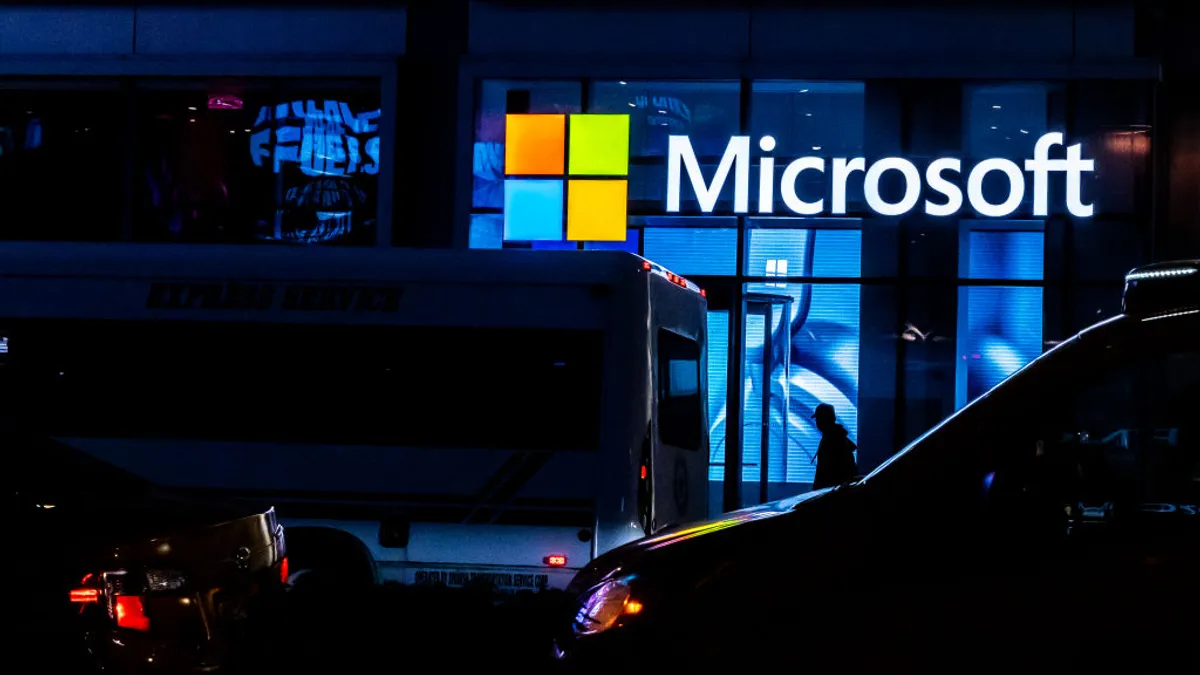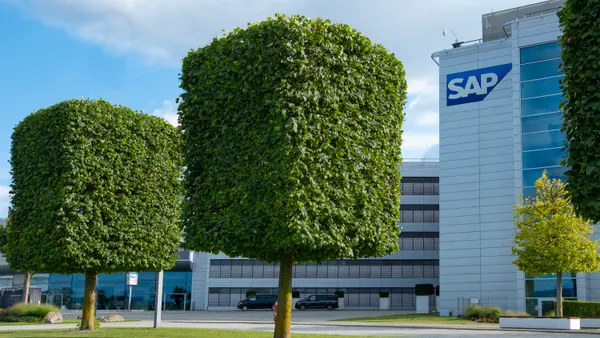A large healthcare provider in the Midwest recently offered employees in one of its divisions early retirement. The good news was about 80% of the employees took advantage of the offer. The bad news was early retirement meant many of the personnel that knew how to maintain the company’s legacy mainframe infrastructure had just walked out the door.
While the obvious solution was to use the situation as a catalyst to migrate to newer technologies, the company needed its legacy mainframe system. In this case, the mainframe was the only platform with the compute power needed to maintain the applications and services that were literally the life of the organization.
That healthcare organization is not alone. Despite the popularity of cloud and other more modern technologies, the fact is, many types of businesses are either required by regulation to maintain on-premise legacy mainframe systems or must retain such systems because newer technologies simply don’t provide the power they require.
"If mainframes shut down suddenly the global economy would just fall," said Ken Harper, director of product and technology at Ensono. "The traditional mainframe is the only platform that’s most secure, most reliable and amenable to very large amounts of data and high amounts of transitions in finance, retail, banking, insurance, emergency services, etc. There is still a need for the mainframe as a platform."
Reasons to stay with legacy
The U.S. federal government has often been criticized for its lack of efficiency and reliance on legacy technology. Last year, federal CIO Tony Scott said the federal government spends 80% of its IT budget on maintenance of legacy systems. But in some cases, federal organizations or companies that operate in heavily regulated environments may not have the choice to move to cloud. Twenty-five of the largest global banks still run on mainframe technology, as do many insurance companies, for example.
What happens when organizations can’t move off their legacy systems, yet the workforce that knows how to maintain those systems is diminishing?
The healthcare company mentioned earlier called Ensono for help. Ensono provides managed infrastructure services to help companies maintain their legacy systems. To accomplish that, Ensono trains millennials in mainframe programming languages and skills to provide clients a replenished workforce with a longer runway.
Companies can leave their infrastructure on-premises and maintain ownership of them while ensuring they will still have the personnel necessary to keep their mainframes up and running with high availability. They can also ensure their software and hardware are updated and working properly.
For the healthcare company, the solution worked well.
"Within 45 days we were able to complete a knowledge transfer and perform remote infrastructure management for them so they could keep their mainframe infrastructure up and running but housed at their own site," said Harper. "They were able to keep their CapEx but turn over the labor and tech support over to us so their mainframe infrastructure was not diminished."
Legacy risks
Companies that rely on legacy systems can also face risks, either from a security standpoint or due to an inability to meet customer demand.
"As time goes on these mainframe environments become more diminished because there is no investment in updating the technology, the people or the processes, and this becomes a risk," said Harper.
"Non-modern architecture makes it hard for companies to support mobile employees unless they offer kludgy workarounds like RAS or VPN which opens the door for huge security problems [such as] Target," said Aziz Gilani, partner at the Mercury Fund. "Some companies resort to creating code camps for 'dead' languages and scouring eBay for legacy hardware. The true cost of legacy tech isn’t in coding camps and over-priced hardware, it’s the lost productivity of their employees and inability to accommodate customer needs."
On top of that, legacy systems can prevent CIOs from innovating.
"Many enterprise companies have to compete in rapidly evolving markets while at the same time managing the legacy applications and infrastructure that are often the core to their business, i.e. ERP, financial systems, legacy business applications that still provide value, etc.," said Tim Beerman, chief technology officer at Ensono.
Companies like Ensono can help CIOs reduce operating costs through economies-of-scale while reducing the overall risk to operating in legacy environments. These services help take a burden off CIOs by allowing them to refocus their energies and reinvest their savings on new business initiatives or newer applications to better compete in the modern marketplace.
What about companies that want to move off legacy systems but must ensure their legacy systems remain working while they do so? There are ways to address that, as well.
"In those cases, we have sunset services where we take care of the legacy systems until they gracefully age out," said Harper. "It also gives companies that are getting off of a mainframe system time to step back and do it the right way."




















